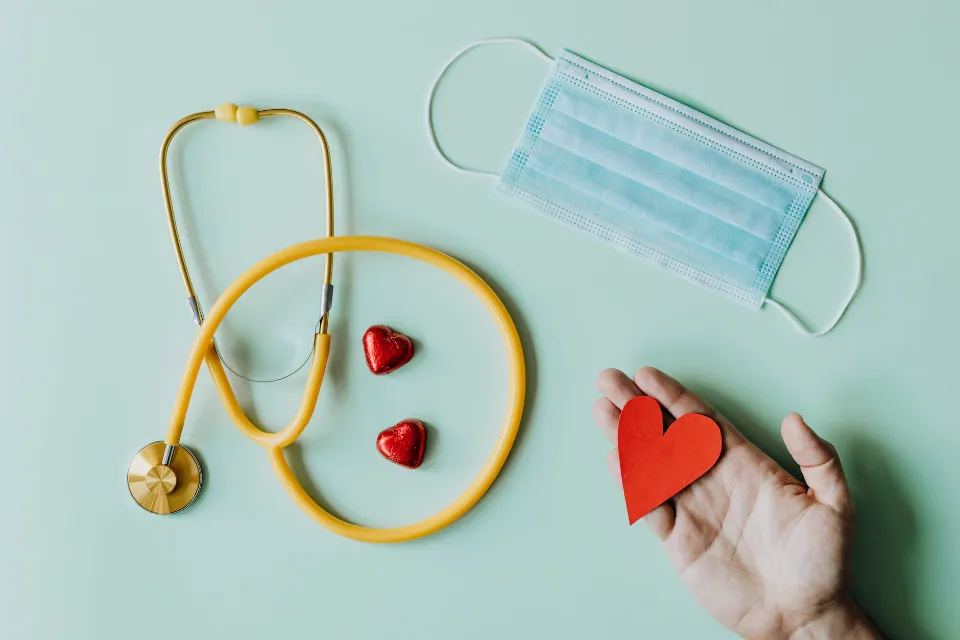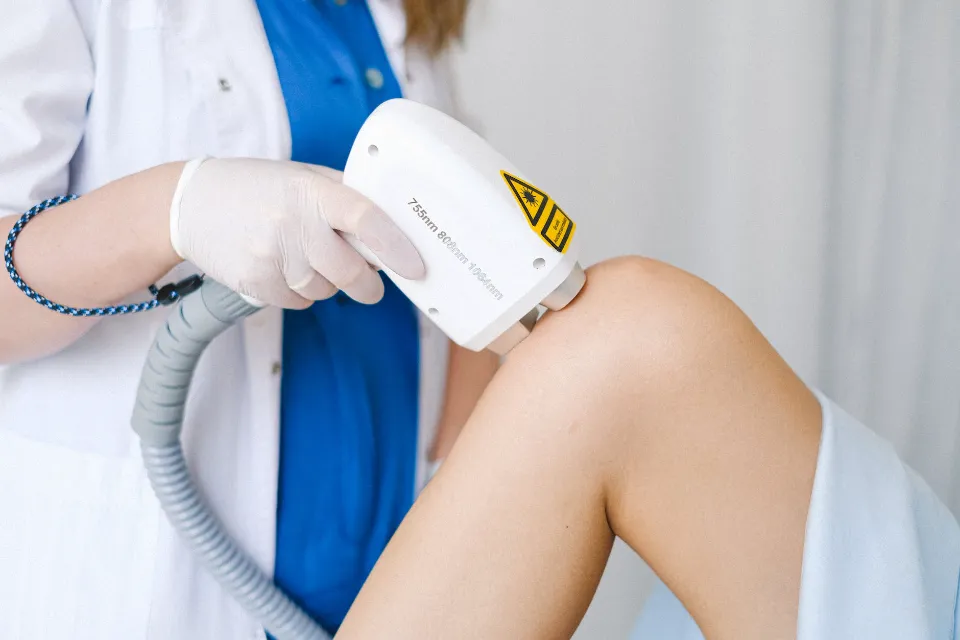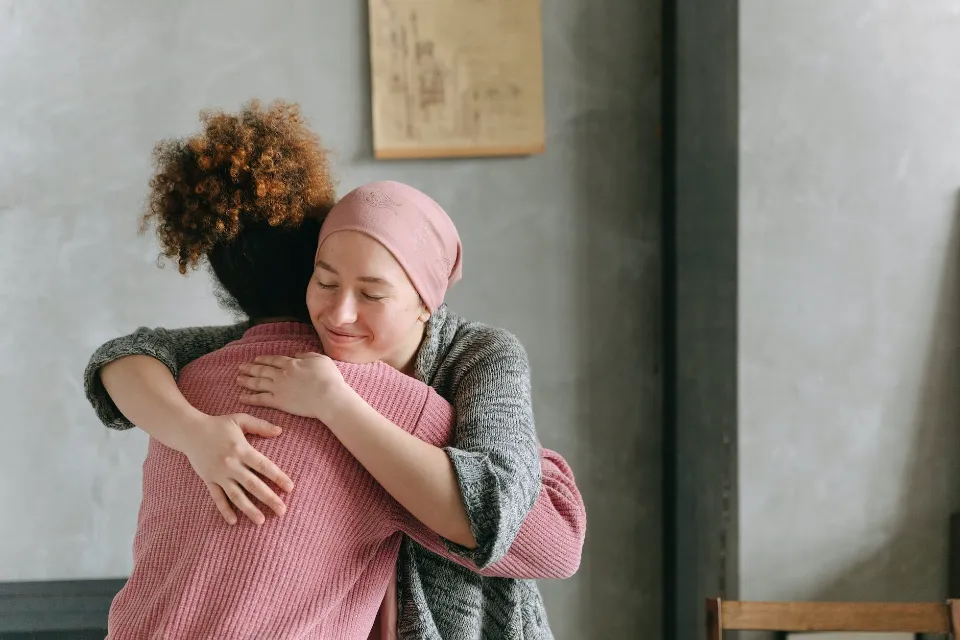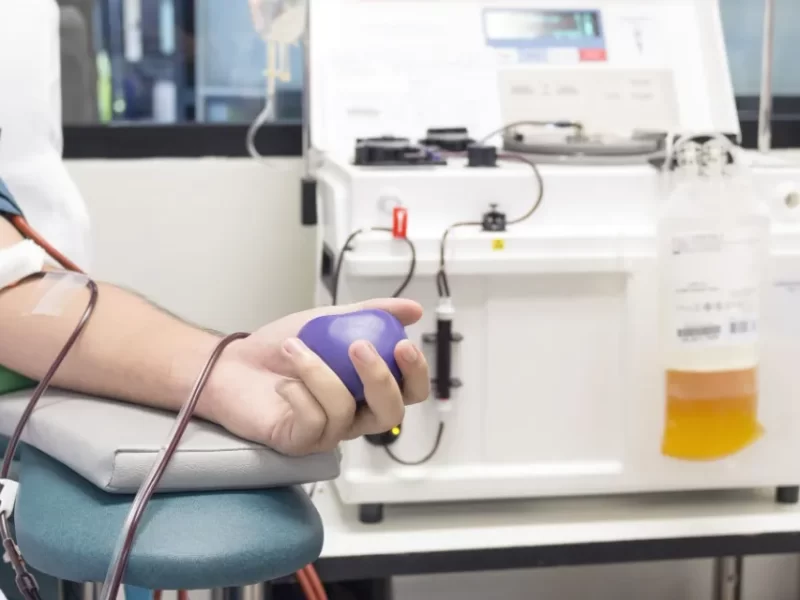Those who have survived a stroke may have a variety of abilities and limitations. As a result, there may be a wide range in the amount of care that family members and caregivers are required to give.
However, the fundamental guidelines for caring for a stroke survivor at home remain the same: help the survivor with daily tasks as required, offer emotional support, and take actions to hasten recovery. In order to prevent medical complications that survivors might experience, it is also crucial for family members and other caregivers to take precautions.
In this article, we’ll go over the top 5 suggestions for taking care of a stroke survivor at home.
What Happens After a Stroke?
When something prevents blood flow to a portion of the brain or when a blood vessel in the brain bursts, a stroke, also known as a brain attack, happens.
The brain either ages or suffers damage in both scenarios. Stroke victims may experience permanent brain damage, chronic disability, or even pass away.
Elderly stroke victims can make significant strides toward regaining their independence. However, some problems may continue:
- On one side of the body, a person may experience weakness, paralysis, or both.
- Problems with memory, judgment, learning, awareness, and attention.
- issues with speech formation or understanding.
- Trouble controlling or expressing emotions.
- sensations of numbness or odd sensations.
- Hand and foot pain that gets worse with movement and changes in temperature.
- chewing and swallowing issues.
- Constipation and bladder control issues.
- Depression.
As you can see, there are some specific recommendations below for how to care for an elderly person who has had a stroke.

How to Deal With a Stroke Patient at Home?
Consult a Professional
Doctors and nurses are crucial members of a survivor’s medical team, but physical, occupational, and speech therapists are very knowledgeable about the survivor’s strengths and weaknesses. Particularly skilled at determining someone’s capacity to engage in daily activities are occupational therapists.
It’s important to note that the following information is based on the most recent available information. Additionally, they can provide family members with recommendations for useful adaptive equipment.
Do a “practice Run”
While it is impossible to fully comprehend how to care for a stroke patient at home before experiencing it themselves, many family members find that getting some practice providing care in a secure setting can be very beneficial. This training could take the form of an occupational therapist-led session where the primary home caregiver gets to practice helping the person with daily tasks like dressing, bathing, and showering.
As an alternative, some rehabilitation centers offer the service of home visits. To make sure the environment is conducive to their success, the survivor and a therapist must travel to the survivor’s home. Family members and caregivers may also take advantage of this to voice any worries they may have about the survivor’s return to their own homes.
The transition may cause some stroke survivors anxiety, but many of them are eager to go home. But by properly preparing, family members and caregivers can allay most worries and make the transition less difficult for everyone.
Make Home Modifications
Stroke survivors are often at a high risk of falling due to hemiplegia (weakness on one side of the body), balance problems, or one-sided neglect. Making home modifications can improve the survivor’s ability to navigate the home safely upon their arrival.
Common home improvements include adding grab bars and non-slip mats, clearing clutter, and getting rid of floor mats and cords from walkways. When deciding which home modifications might be most beneficial, an occupational therapist is a great resource.

Use Practical Living Tips
The activities of daily living can be completed using a variety of strategies by both caregivers and stroke victims. Some of the most common include:
- In first, out last. Dressing can be made easier for both survivors and caregivers by dressing the affected side of the body first and taking it off last.
- As required, make use of adaptive technology. To increase independence with daily activities, occupational therapists frequently suggest different kinds of adaptive equipment. This can lessen the burden on the caregivers while also boosting the survivor’s outlook and sense of self.
- Lighthouse method. Encourage survivors with one-sided neglect or visual field cuts to turn their heads fully to each side to scan their surroundings, as the light of a lighthouse scans. By doing this, survivors may be able to improve their environmental awareness as well as their ability to carry out daily tasks more successfully.
- Use reminder cards or images. Use of post-it note reminders or images of daily activities may help survivors who are experiencing cognitive challenges become more independent, according to family members and caregivers. For instance, a post-it note on the bathroom mirror could serve as a reminder for the survivor to brush their teeth and hair.
Among other things, these compensatory strategies can ease the burden on caregivers and boost stroke survivors’ self-efficacy, making the experience better for everyone. Working with an occupational therapist will help you learn additional compensatory strategies to boost independence.
Reduce Risk Factors for Second Stroke
A stroke is more likely to happen to someone who has already had one. Make sure you follow all post-stroke instructions and recommendations in order to reduce this risk by taking the appropriate safety measures. In addition:
- Prepare wholesome, balanced meals for your loved one so that they receive the vitamins and nutrients they need to maintain healthy blood pressure and cholesterol levels.
- Make sure all prescriptions are taken as directed by the doctor and keep track of your medications.
- Make sure the patient is regularly monitored by their doctor and that all scheduled doctor appointments are attended.
Summary
In addition to providing for the person’s immediate needs, family members and caregivers are crucial in promoting recovery. Therefore, it is crucial that caregivers remember to look after themselves as well in order to best support their loved one. It can be difficult to provide at-home care for someone who has had a stroke, but the benefits are great in the end!
What Are the 5 Signs of a Stroke?
If any of the following stroke symptoms manifest: numbness or weakness in the face, arm, or leg; confusion or difficulty speaking or understanding speech; difficulty seeing out of one or both eyes; difficulty walking; dizziness or balance issues; or a severe headache with no apparent cause, dial 9-1-1 right away.
What is the Best Treatment for Stroke?
The main treatment for an ischemic stroke is a medicine called tissue plasminogen activator (tPA). It dissolves the blood clots that prevent blood from reaching your brain. In your arm’s vein, a doctor will administer tPA. Three hours after your symptoms first appear, you must administer this type of medication.



